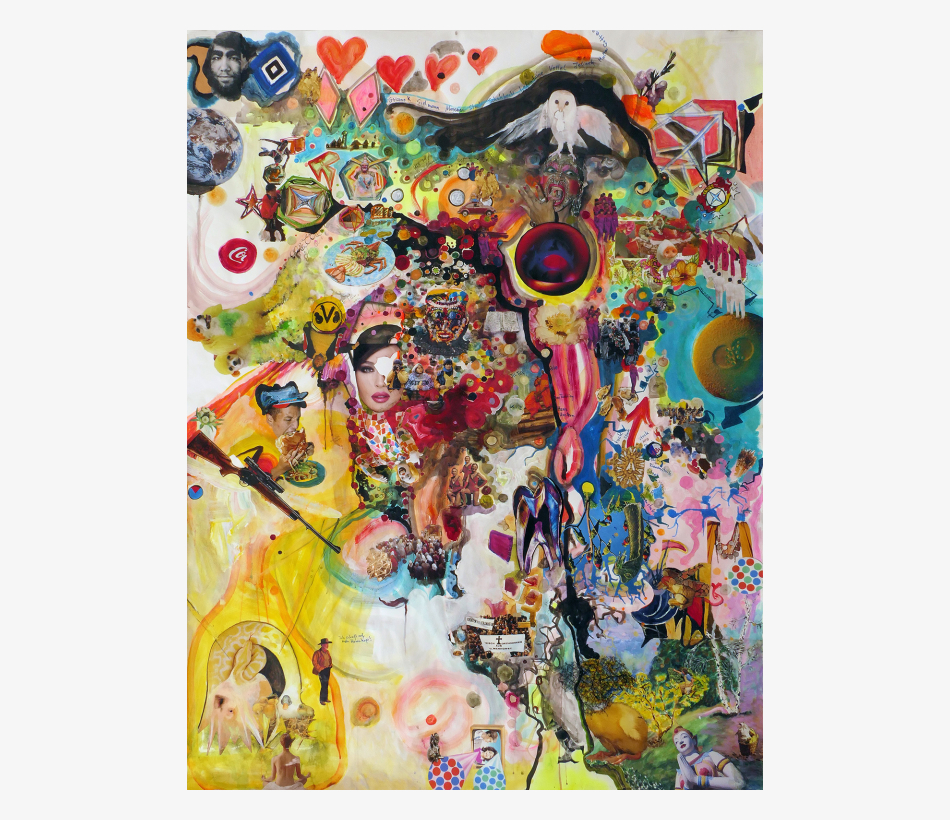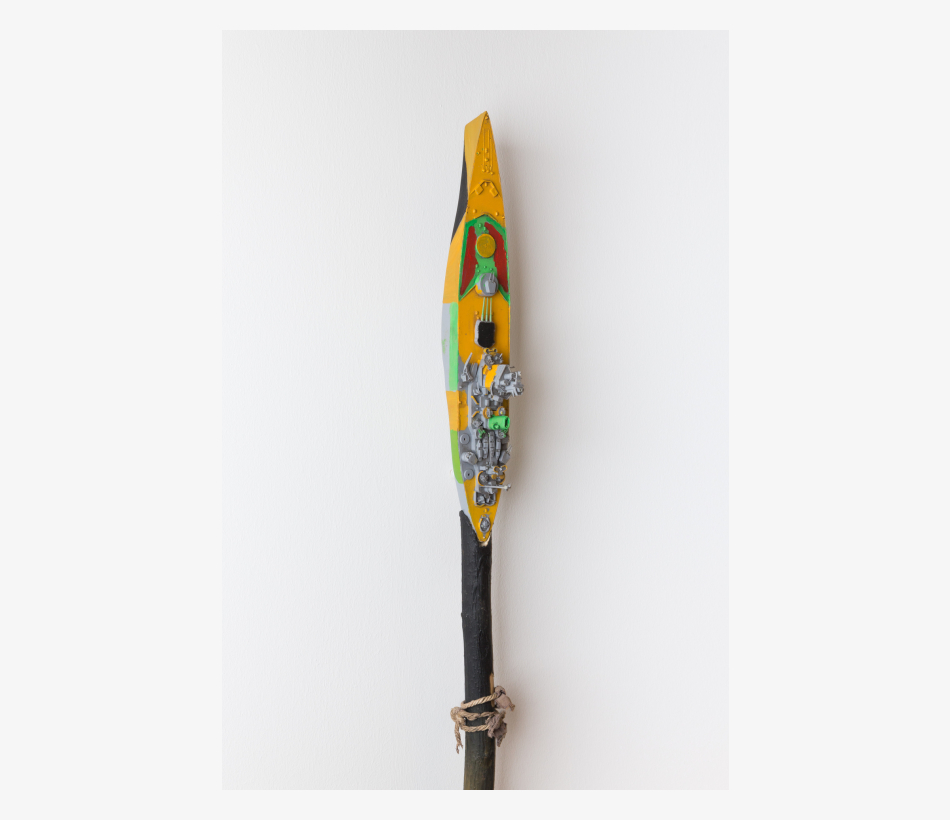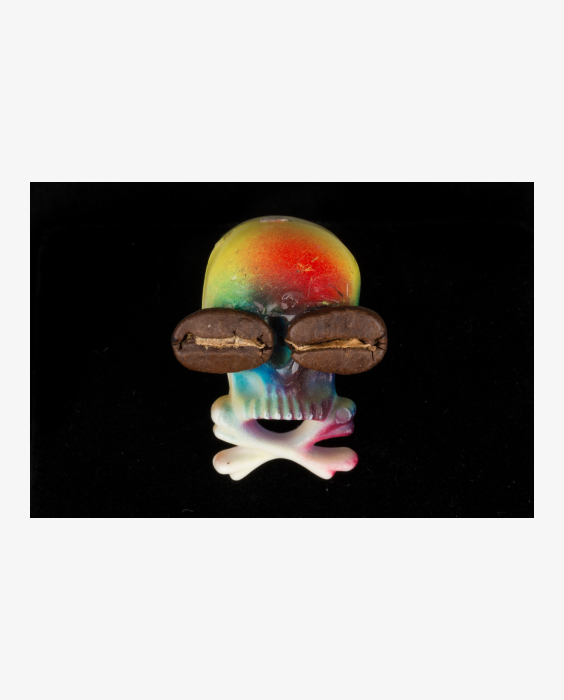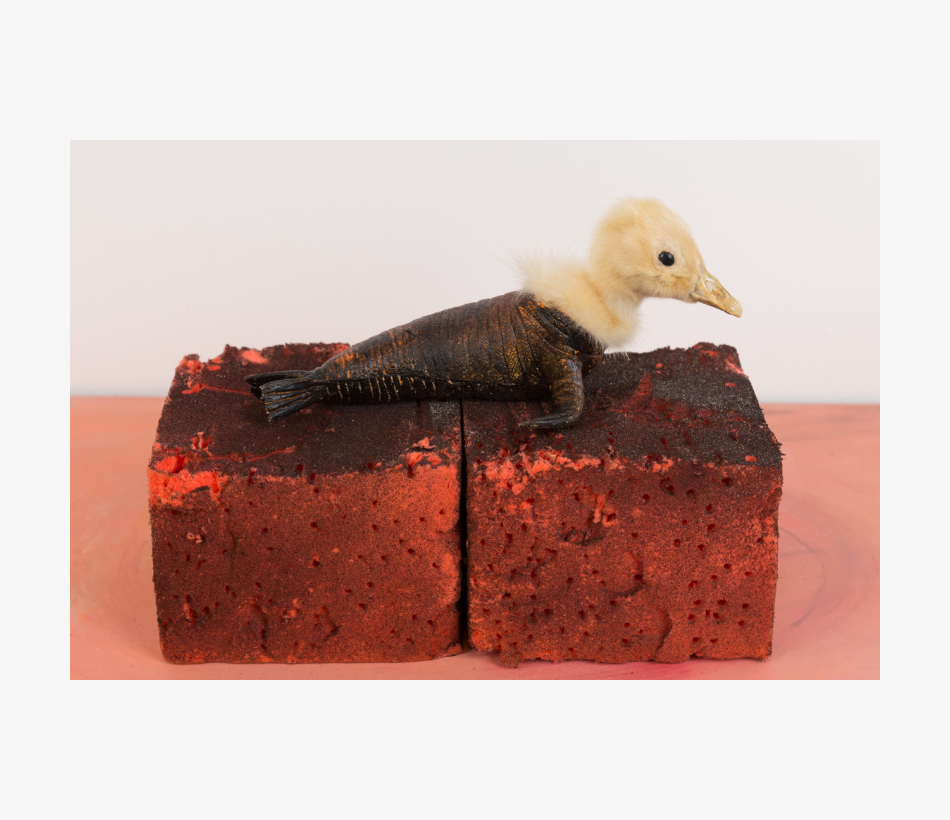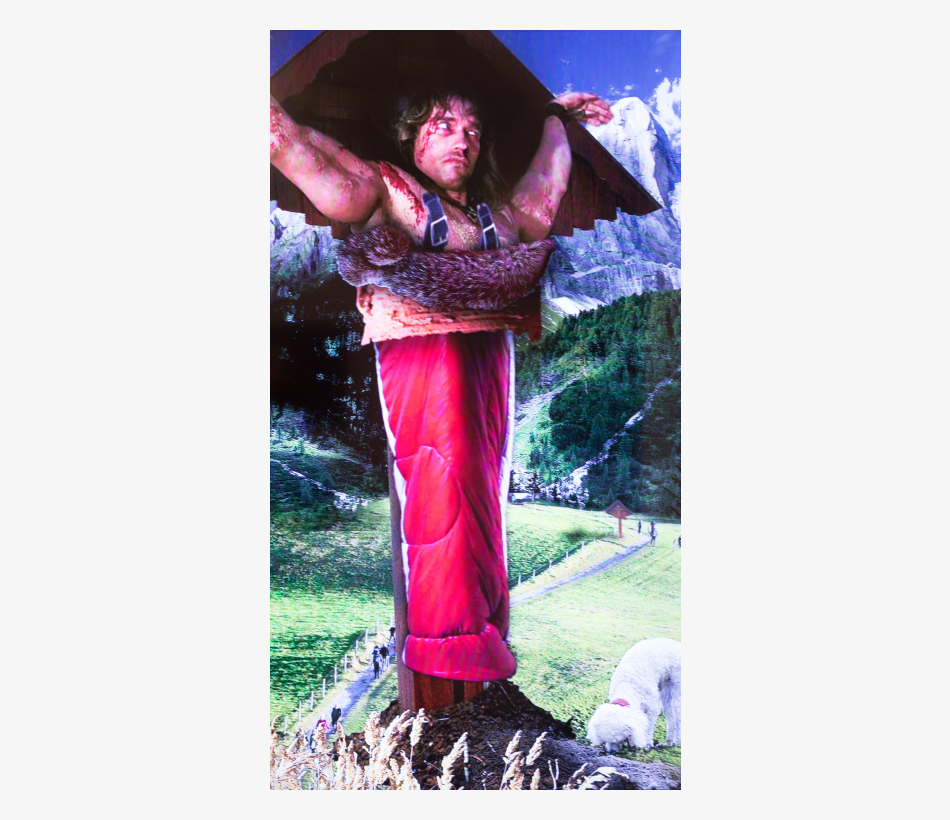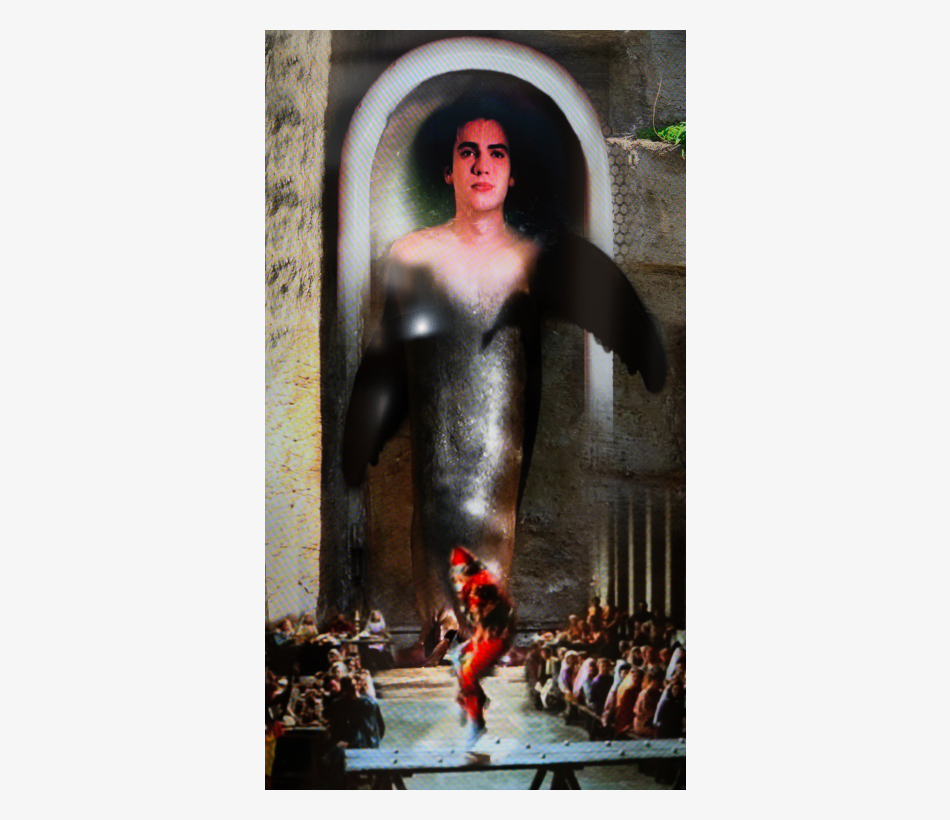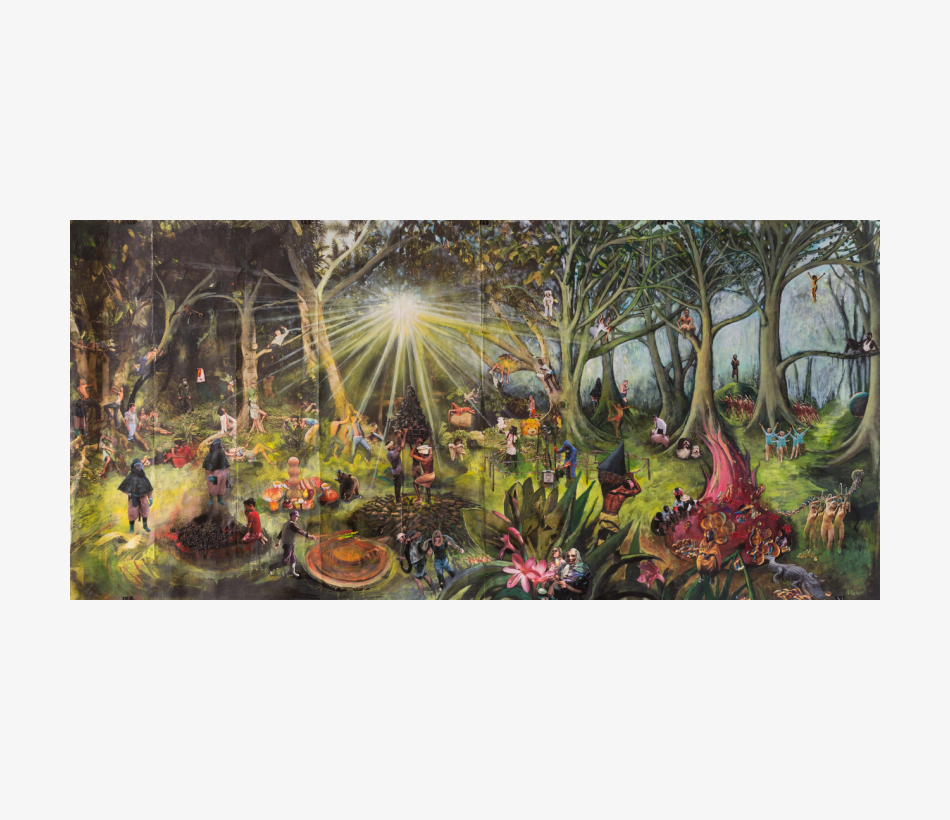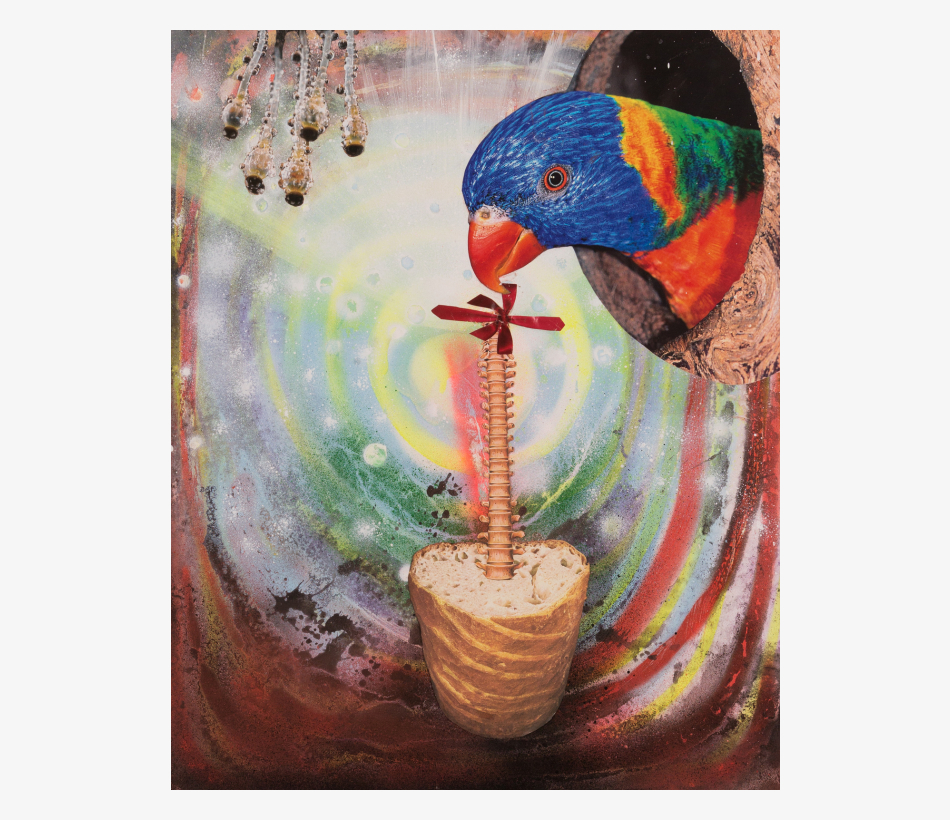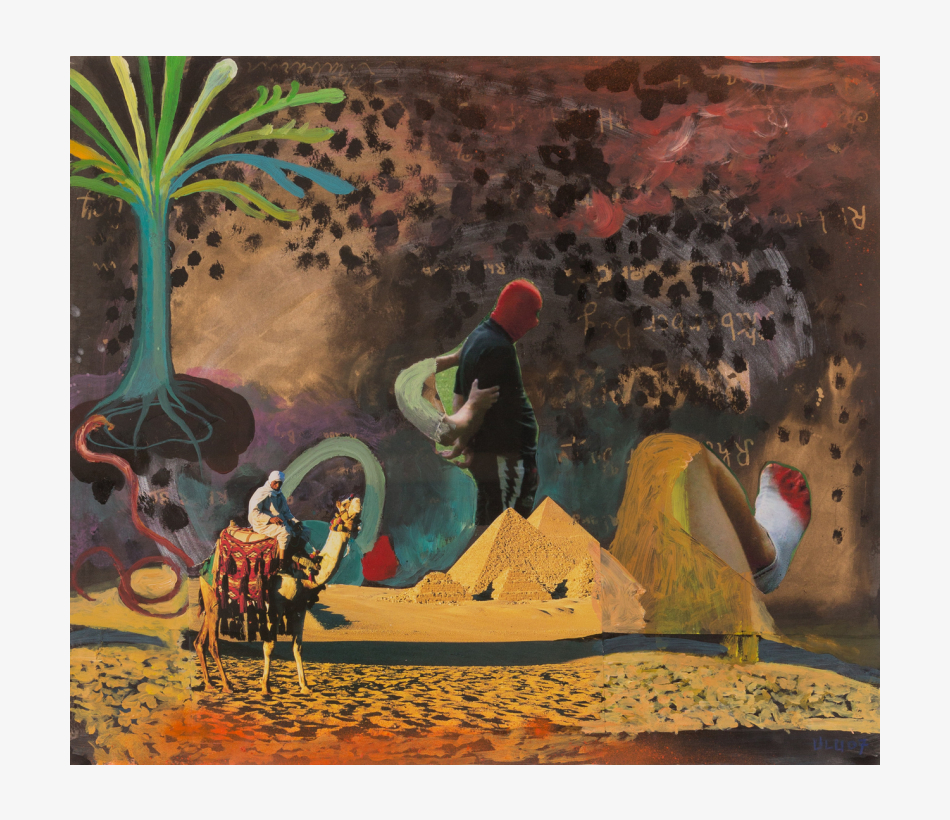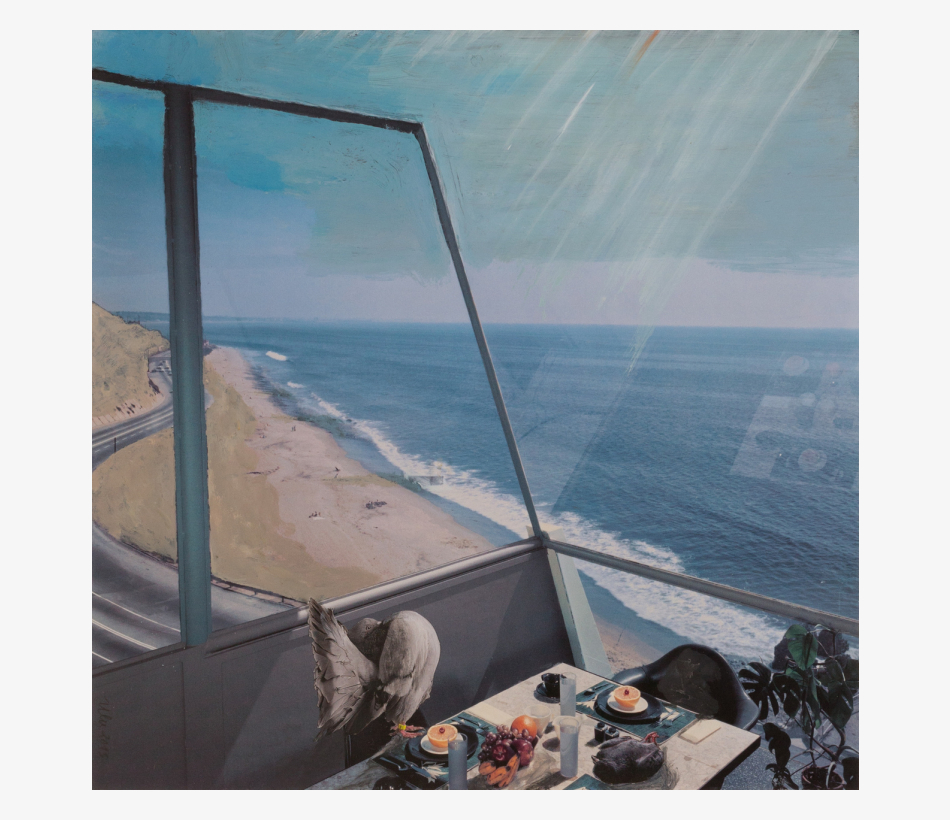- Afra Al Suwaidi
- Maria Anwander & Ruben Aubrecht
- Thomas Arnolds
- Rozbeh Asmani
- Cornelia Baltes
- Alfredo Barsuglia
- Hubert Becker
- Wolfgang Becksteiner
- Hans Bischoffshausen
- Lucile Boiron
- Brandy Brandstätter
- Brandy Brandstätter / Kollitsch
- Karl Brandstätter
- Julius Brauckmann
- Ulu Braun
- Edward Burtynsky
- Christopher Bucklow
- Sandi Červek
- Caroline Wells Chandler
- Sandro Chia
- Louisa Clement
- Natalie Czech
- Anna Daučíková
- Violet Dennison
- Ines Doujak
- Lutz Driessen
- Sophie Dvořák
- Irena Eden & Stijn Lernout
- Simon Edmondson
- Cédric Eisenring
- Jan Paul Evers
- Lino Fiorito
- Gernot Fischer-Kondratovitch
- Christian Flora
- Andreas Fogarasi
- Dietmar Franz
- Christian Freudenberger
- Jakob Gasteiger
- Michela Ghisetti
- Antonio Girbés
- Bruno Gironcoli
- Gernot Gleiss
- Dorothee Golz
- Franz Grabmayr
- Ernst Gradischnig
- Vivian Greven
- Wolfgang Grinschgl
- Jochem Hendricks
- Giselbert Hoke
- Andy Holtin
- Bernadette Huber
- Lucy Ivanova
- Pedro Jardim de Mattos
- Anna Jermolaewa
- Eva Jospin
- Zhanna Kadyrova
- Rohullah Kazimi
- Soli Kiani
- Peter Klare
- Jakob Lena Knebl
- Herlinde Koelbl
- Cornelius Kolig
- Arnulf Komposch
- Suse Krawagna
- Eric Kressnig
- Robert Kunec
- Alina Kunitsyna
- Hans Kupelwieser
- Ulrich Lamsfuß
- Margaret Lansink
- Karl Larsson
- Tina Lechner
- Jens Liebchen
- Axel Lieber
- Mevlana Lipp
- Peter Lohmeyer
- Gerhard Lojen
- Constantin Luser
- Klaus Merkel
- Joel Meyerowitz
- Sissa Micheli
- Jürgen Münzer
- Loredana Nemes
- Ferdinand Neumüller
- Marianne Oberwelz
- Arnold Odermatt
- Hans Op de Beeck
- Bernd Oppl
- Mohannad Orabi
- Markus Orsini-Rosenberg
- Aitor Ortiz
- Olga Pedan
- Max Peintner & Klaus Littmann
- Ulrich Pester
- Margot Pilz
- Peter Pongratz
- Arnold Pöschl
- Hannes Rader
- Damir Radović
- Fabian Ramirez
- Thomas Rentmeister
- Markus Riebe
- Megan Rooney
- Evan Roth
- Issa Salliander
- Robert Schad
- Julia Scher
- Heimo Setten
- Stefanie Seufert
- Eva Schlegel
- Toni Schmale
- Ralph Schuster
- Jon Shelton
- Hayley Aviva Silverman
- Tracey Snelling
- Paul Spendier
- Nina Rike Springer
- Laura Stadtegger
- Martin Steinthaler
- Esther Stocker
- Pier Stockholm
- Howard Tangye
- Vincent Tavenne
- Wolfgang Tillmans
- Mikhail Tolmachev
- Martina Unterwelz
- Oman Valentin
- Anna Virnich
- Karl Vouk
- Maja Vukoje
- Wolfgang Walkensteiner
- Ina Weber
- Clemens Wolf
- Yunyao Zhang

